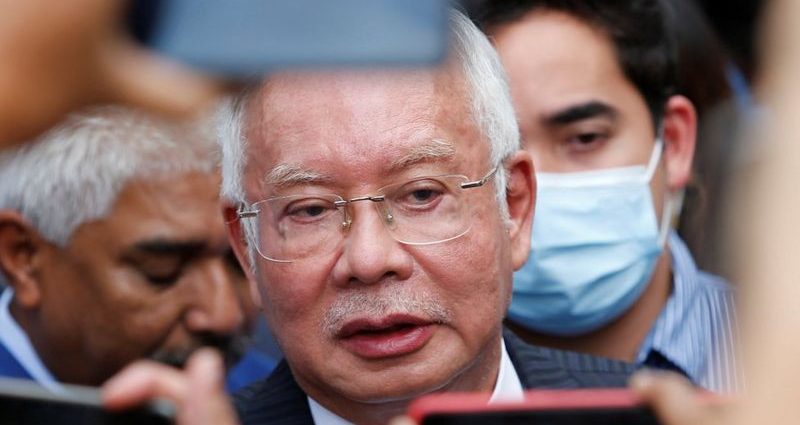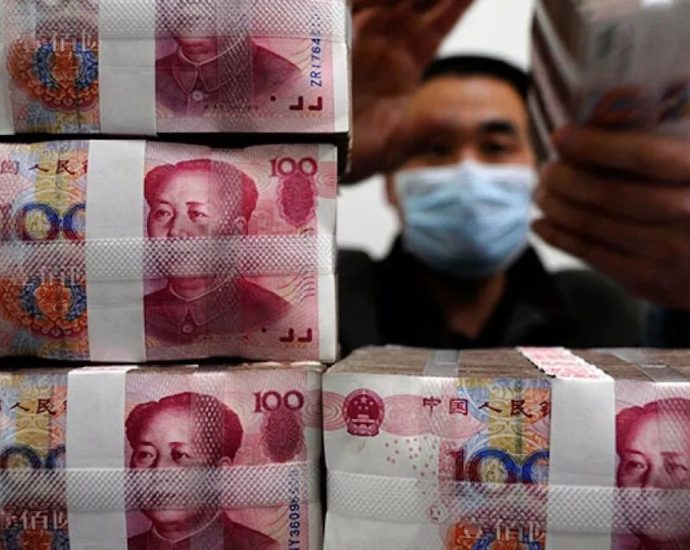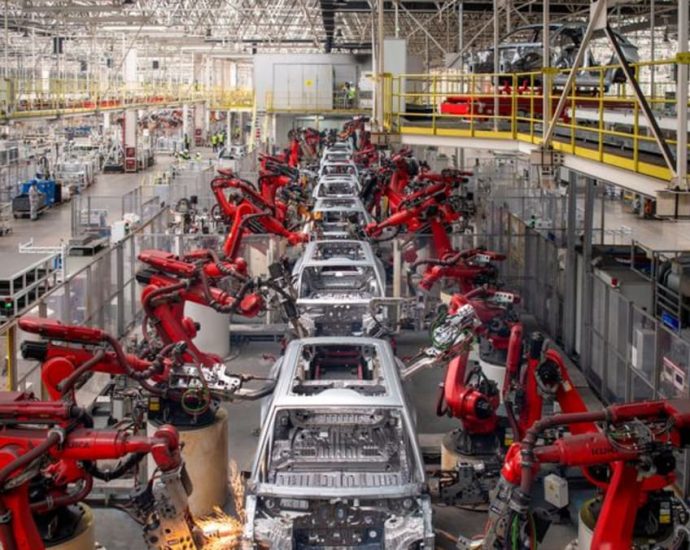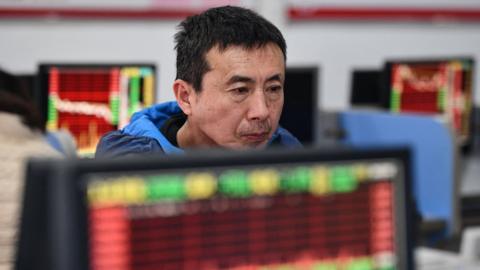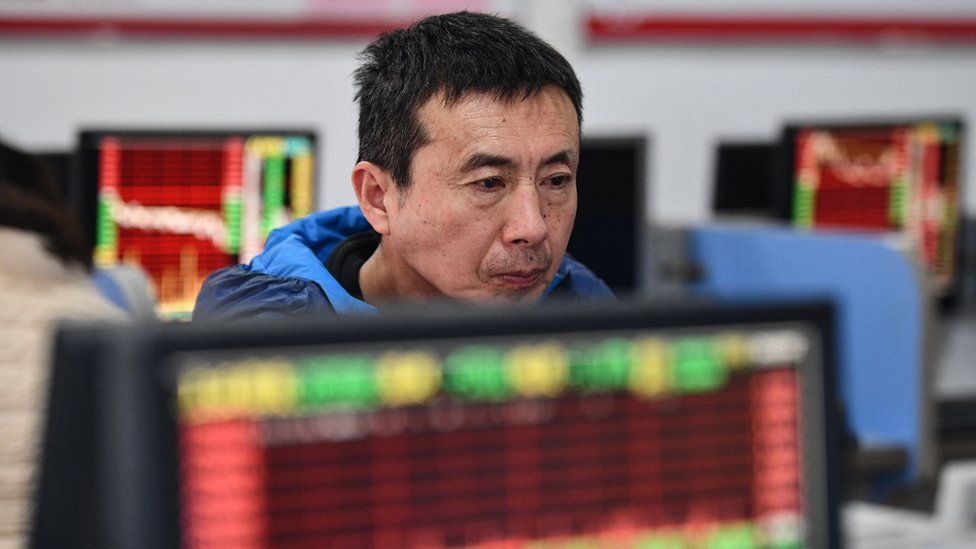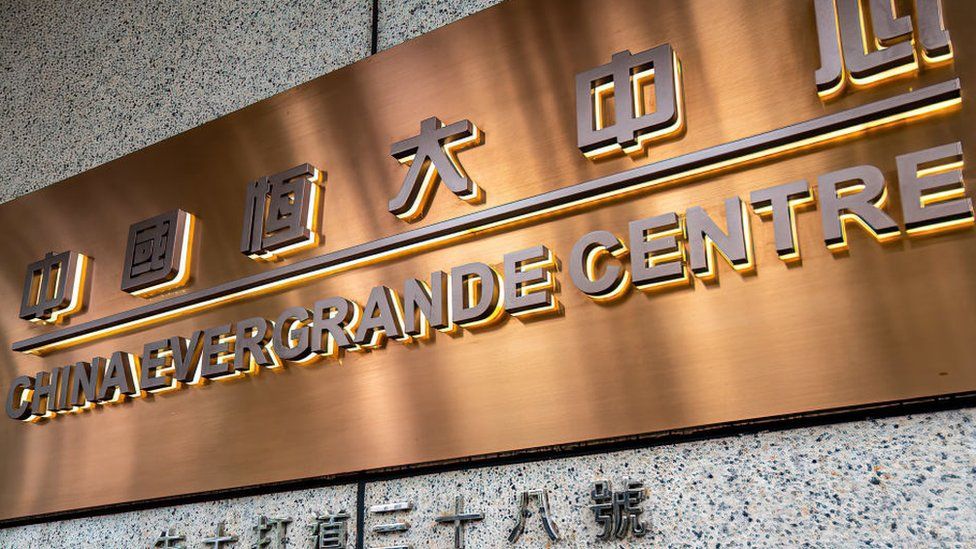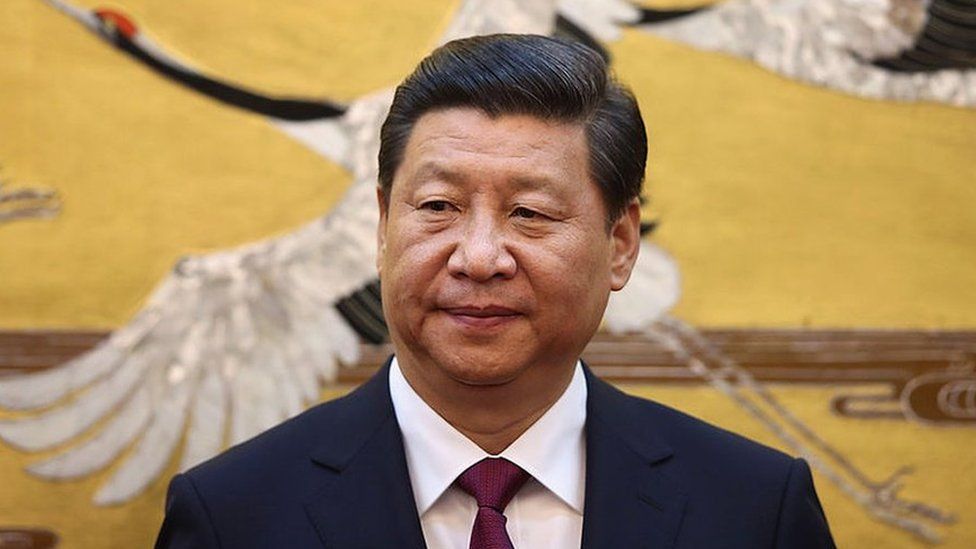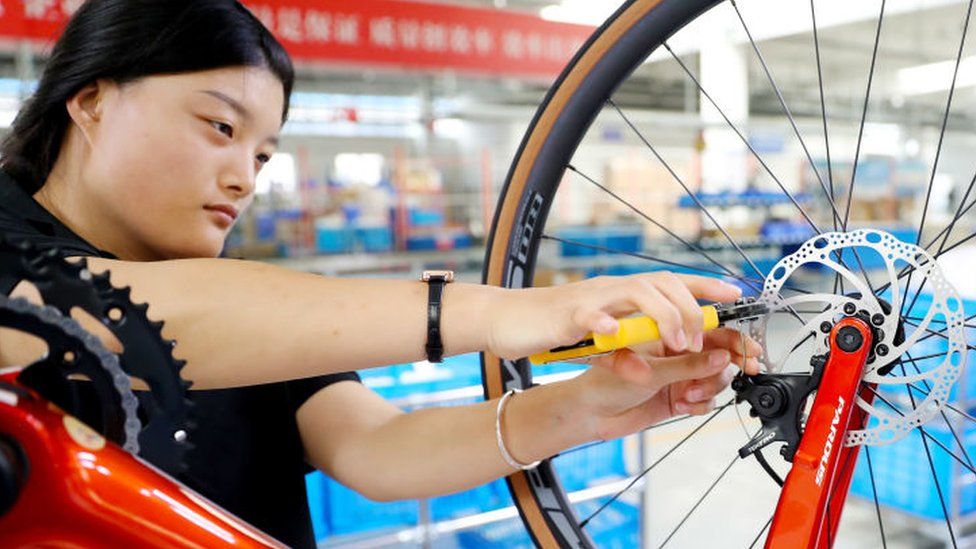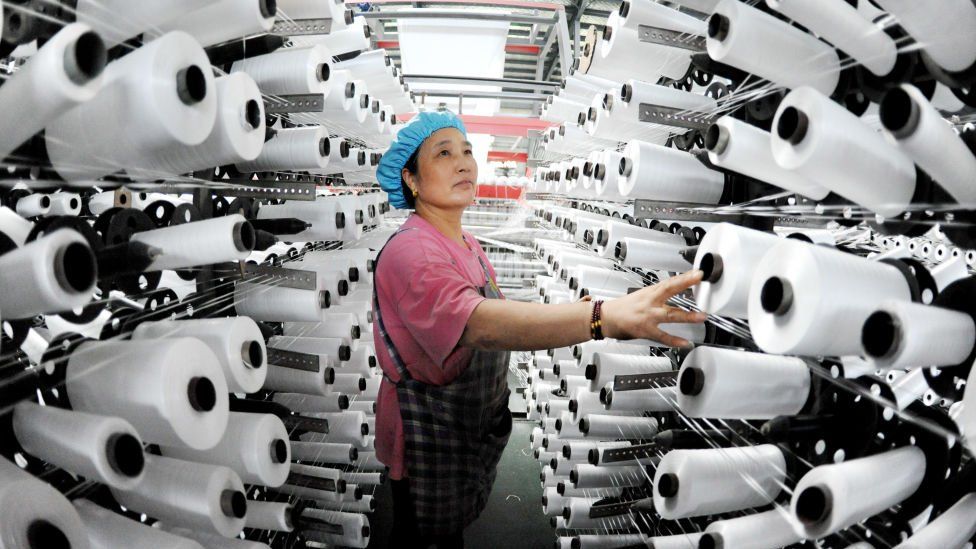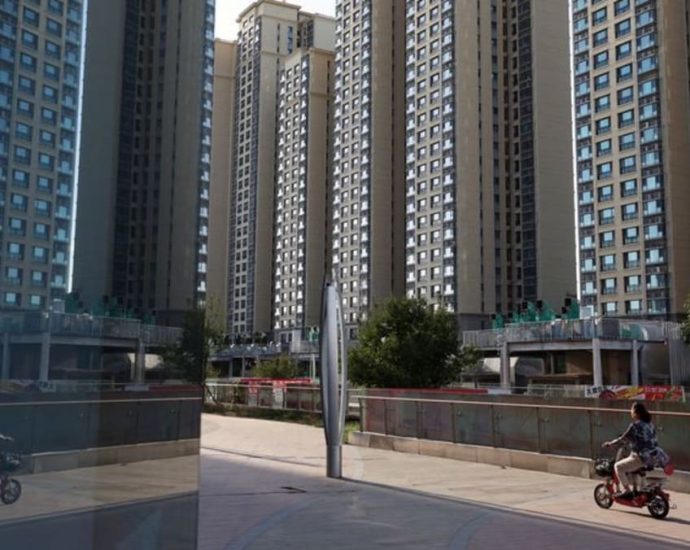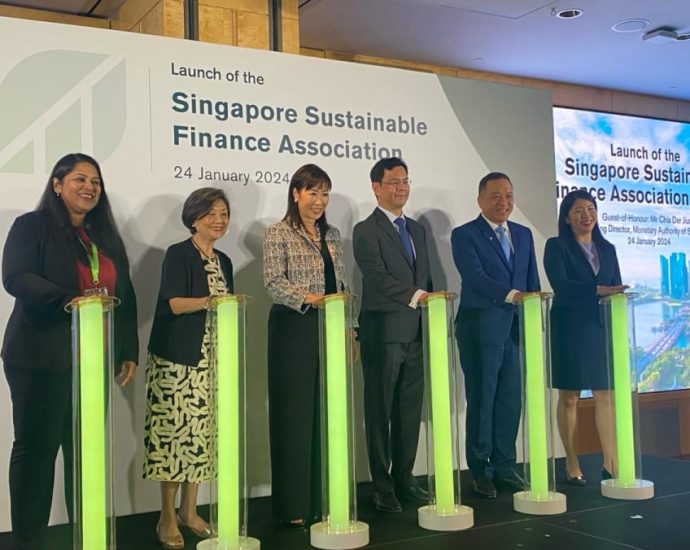Malaysia halves ex-PM Najib Razak’s jail term over 1MDB scandal
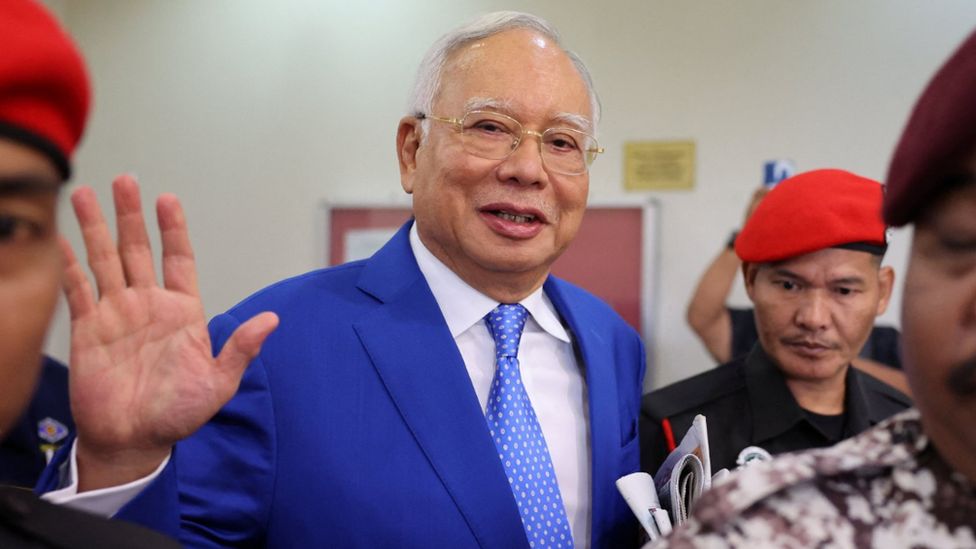 Reuters
ReutersFormer Malaysian prime minister Najib Razak’s 12-year jail sentence for corruption has been halved by the country’s pardons board.
Jailed in 2022 for stealing national funds, he will be released in August 2028, the board said.
Najib, who served from 2009 to 2018, was convicted in 2020 as part of the 1MDB scandal.
That related to the embezzlement of Malaysia’s state-owned wealth fund 1Malaysia Development Berhad.
The fine imposed on him was also reduced from 210m ringgit ($44.3m;£35.1m) to 50m ringgit. He had only been serving his sentence since August 2022, after spending two years appealing his conviction before the courts.
The jailing of such a senior figure in Asian politics at that time caused major ripples across South East Asia.
It was held up as a rare example of accountability in a region where power is so often unaccountable.
However on Tuesday, reports emerged that Malaysia’s pardons board had met on the last day of the King’s tenure to consider Najib’s application for release.
Malaysia has a rotating monarchy – King Abdullah Ahmad Shah passed the reins to Sultan Ibrahim Iskandar on Wednesday.
Najib’s United Malays National Organisation (UMNO), which previously led the ruling coalition that governed Malaysia, has been pushing for a royal pardon after testing and exhausting other legal avenues of appeal.
Two weeks ago, Najib was escorted from prison by guards to appear in a Kuala Lumpur court to hear his latest legal challenge. Along with his wife Rosmah Mansor, he still faces a raft of other charges.
Despite the scandal, the former prime minister has maintained some popularity among ethnic Malays and he is still influential in UMNO.
The 1MDB scheme was a global web of fraud and corruption, in which billions of dollars ostensibly raised for public development projects in Malaysia instead landed in private pockets, including Najib’s.
Fugitive financier Jho Low, who is wanted by Malaysian authorities, is said to have been the mastermind behind the scheme. The country’s anti-corruption body said last year that he is believed to be in Macau.
What is the 1MDB scandal?
The case centres around the 1 Malaysia Development Berhad (1MDB), a sovereign wealth fund set up in 2009, when Najib was prime minister.Sovereign wealth funds are government-owned investment entities that are used to boost a country’s economic development. Built with state earnings, such as revenues from oil resources and exports, they have extraordinary flows of cash to invest and potentially enormous international clout.In 2015, questions were raised around 1MBD’s activities after it missed payments owed to banks and bondholders.Malaysian and US authorities allege that $4.5bn was illicitly plundered from the fund and diverted into private pockets.The missing money has been linked to luxury real estate, a private jet, Van Gogh and Monet artworks purchased by Low – and even a Hollywood blockbuster, the Wolf of Wall Street, starring Leonardo DiCaprio.
Last week, US bank Goldman Sachs reached a $3.9bn settlement with the Malaysian government for its role in the multi-billion-dollar corruption scheme.The deal resolved charges in Malaysia that the bank misled investors when it helped raise $6.5bn for 1MDB.
with reports from Jonathan Head
Related Topics
-
-
23 August 2022
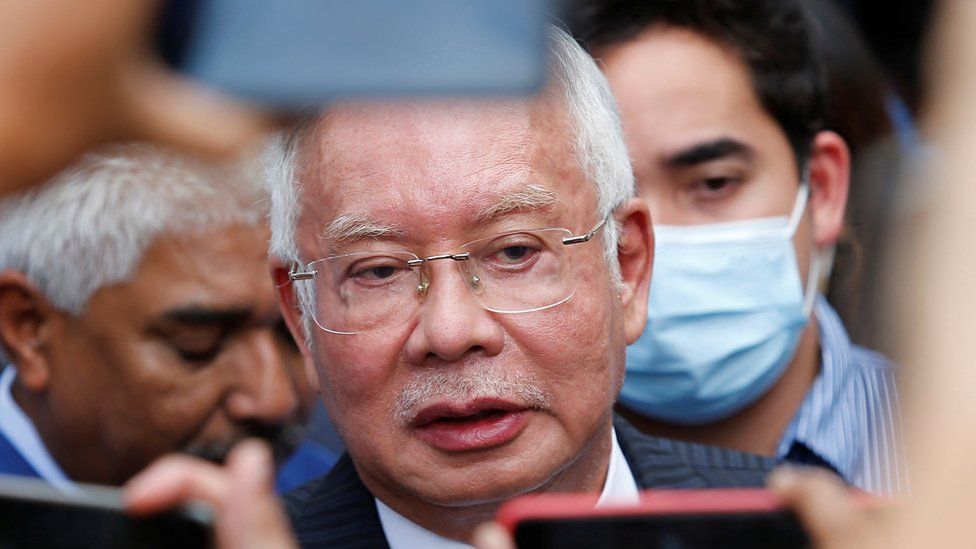
-
-
-
27 August 2022

-

